Andrew Taylor, ARL Bio Pharma Microbiology Supervisor
USP <795> Pharmaceutical Compounding – Nonsterile Preparations states compounders are responsible for minimizing patient harm resulting from multiple issues, including excessive microbial contamination in nonsterile drug products. The chapter directs compounders to USP <1163> for recommended quality control tests, including USP <61> Microbial Enumeration Tests and USP <62> Tests for Specified Microorganisms. The Food and Drug Administration (FDA) also refers to USP <1163> in 483 observations to compounding pharmacies for not performing microbiology testing of nonsterile products. Specifically referring to USP <61> to provide an estimate of viable aerobic organisms and USP <62> to demonstrate freedom from designated microbial species.
This article discusses the tests described in USP <61> and USP <62> that determine if non-sterile products meet quality requirements. These tests can also be used by sterile compounders for qualifying raw materials and performing in-process quality control testing.
USP <61> Microbial Enumeration Tests
USP <61> is often called a "Bioburden" or "Microbial Limits". This test determines how many microorganisms are present in nonsterile drug products.
During a USP <61> test, the drug product is prepared and plated on two types of growth media, Soybean-Casein Digest Agar and Sabouraud Dextrose Agar. The plates are incubated at a defined temperature and duration. The number of colonies present on the plates are then counted and the results are calculated. To determine if the drug product passes the test, the number of colonies present in the drug product are compared to the acceptance criteria in USP <1111>.
USP <1111> provides acceptance limits for microorganisms present based on sample type (raw material or finished drug product) and route of administration.
In addition to USP <1111> Table 1, the significance of other microorganisms recovered should be evaluated in terms of:
- The use of the product: hazard varies according to the route of administration (eye, nose, respiratory tract)
- The nature of the product: Does the product support growth? Does it have adequate antimicrobial preservation?
- The method of application
- The intended recipient: risk may differ for neonates, infants, the debilitated
- Use of immunosuppressive agents, corticosteroids
- The presence of disease, wounds, organ damage
USP <62> Tests for Specified Microorganisms
USP <62> test results determine if objectionable microorganisms that could cause patient harm based on the route of administration are present in non-sterile drug substances or products. The microorganisms of concern listed in USP <62> include:
- Staphylococcus aureus
- Pseudomonas aeruginosa
- Salmonella
- Escherichia coli
- Bile-tolerant Gram-negative Bacteria
- Clostridia
- Candida albicans
A USP <62> test is initiated like USP <61> but uses microorganism specific growth media. At the conclusion of incubation, a result of "Pass" or "Fail" is generated. A passing result indicates the absence of the tested specified microorganism. USP <1111> provides absence of specified microorganism criteria based on sample type (raw material or finished drug product) and route of administration.
USP <61> and <62> are critical to ensure non-sterile drug products meet quality control criteria.
For more information on USP <61> and USP <62> testing, contact ARL at (800) 393-1595 or info@arlok.com.
Reference Documents:
- USP <61> Microbial Enumeration Tests
- USP <62> Tests for Specified Microorganisms
- USP <795> Pharmaceutical Compounding-Nonsterile Preparations
- USP <1111> Microbiological Examination of Nonsterile Products: Acceptance Criteria for Pharmaceutical Preparations and Substances for Pharmaceutical Use
- USP <1163> Quality Assurance in Pharmaceutical Compounding
